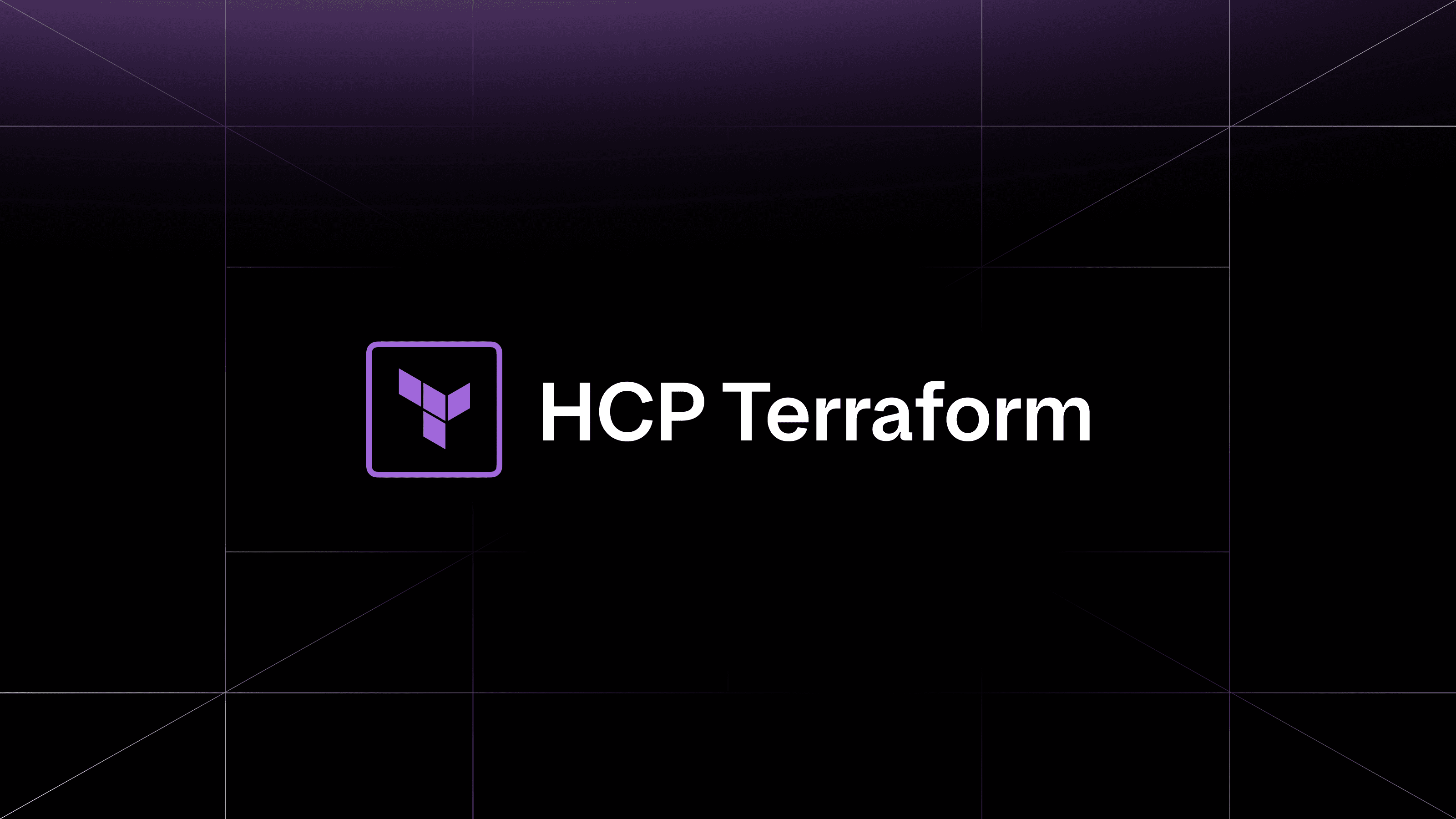In today's rapidly evolving tech landscape, the ability to quickly and efficiently provision cloud infrastructure is crucial. However, not everyone in an organization has the technical expertise to work with tools like Terraform or learn its syntax right away. This is where no-code provisioning comes into play, abstracting away technical complexity with user-friendly deployment. Let's explore how this approach can empower both junior developers and non-technical staff to provision infrastructure with ease.
»The challenge: The junior developer scenario
Meet Alex, a recent graduate who has just landed their first job as a junior developer at a growing tech startup. Alex is tasked with deploying a new application to the cloud, but there's a catch — the company uses Terraform for infrastructure provisioning, a tool Alex has never encountered before.
Alex faces a common dilemma: he needs to provision cloud infrastructure quickly, but lacks the technical know-how to use Terraform effectively. This is where no-code provisioning shines.
»The solution: No-code provisioning
No-code provisioning — available in HCP Terraform and Terraform Enterprise — is a game-changer for organizations looking to simplify infrastructure deployment. It allows platform teams to create pre-configured modules that users can deploy with just a few clicks, eliminating the need to write Terraform code.
»How no-code provisioning works
Let's break down the process of setting up and using no-code provisioning:
»For the platform team:
1. Create Terraform modules: Develop modules in collaboration with company stakeholders that encapsulate best practices and company standards for various infrastructure components.
2. Configure no-code ready modules:
- Set default values for variables
- Specify which module version to use for no-code deployments
- Define input variables that end-users will be allowed to modify
3. Enable no-code functionality:
- Mark the modules as "No-Code Ready" when publishing to HCP Terraform's private module registry
- Create a dedicated project for no-code provisioning
- Link the project to the prepared modules
4. Set up cloud provider credentials: Configure the necessary credentials in HCP Terraform to allow secure deployments.
5. Create user documentation: Prepare clear instructions for end-users on how to access and use the no-code interface.
»For end-users (like Alex):
- Access the no-code interface: Log into HCP Terraform and navigate to the organization's private registry.
- Select a module: Choose the appropriate "No-Code Ready" module for your needs.
- Input parameters: Fill in any required parameters through a user-friendly interface. This might include things like application name, desired region, or resource specifications.
- Review and deploy: Double-check the inputs and click the deploy button. HCP Terraform then handles the entire provisioning process behind the scenes.
- Monitor deployment: Watch the progress of the deployment and receive notifications upon completion or if any issues arise.
»Setting up no-code provisioning: A step-by-step tutorial for platform teams
To illustrate how a platform team could set up no-code provisioning, let's walk through a basic example. You'll create a simple Terraform module, publish it to your private registry, and use it to deploy resources in AWS.
»Step 1: Configure Terraform module for no-code use
Fork the example repository for this tutorial. Note that module repositories published to the Terraform registry must follow the name format: terraform-<provider>-<name>.

Notice that in no-code modules, you have to declare the provider configuration within the module itself.
provider "aws" {
region = var.region
default_tags {
tags = {
HashiCorpLearnTutorial = "no-code-modules"
}
}
}
provider "random" {}
Another thing to notice is the way variable configurations are limited. When designing no-code ready modules for Terraform, it's important to minimize the decisions required from users who are unfamiliar with Terraform and infrastructure management. For that reason, an effective no-code module:
- Focuses on a specific use case rather than trying to be all-encompassing
- Limits the number of variables that require configuration
- Makes reasonable assumptions about expected usage patterns
In this example, the variable configuration can be seen in the variables.tf file.
variables.tf
variable "region" {
description = "AWS region for all resources."
type = string
default = "us-east-2"
}
variable "db_name" {
description = "Unique name to assign to RDS instance."
type = string
}
variable "db_username" {
description = "RDS root username."
type = string
}
For a full breakdown of no-code module design best practices, feel free to refer to our official documentation.
»Step 2: Publish no-code module
No-code modules define releases with either branches or semantically versioned tags. In this tutorial we will be using tags.

In HCP Terraform, navigate to your organization's private registry and click on Publish > Module.

Select the version control (VCS) provider that your module is connected to. If you need to set up your VCS connection, refer to this documentation.

Select the repository that contains your no-code module.

Choose your publishing type and check the “Add Module to no-code provision allowlist”.

For more configuration options, navigate into “Configure Settings” and select “Edit version and variable options”.


Before you start deploying, create a new project specifically for no-code provisioning and create a provider credentials variable set in order to be able to provision to your cloud provider.
Congrats! You have successfully published a no-code module and are ready for your end users to deploy infrastructure.
»Using no-code provisioning: A step-by-step tutorial for end-users
As intended, the user’s workflow for no-code modules is simple and involves just two steps.
»Step 1: Deploy no-code ready module
As an end-user, navigate to the Registry and click on the module you would like to deploy. ‘Provision workspace’ will launch the workflow.

Fill in the variables defined within the module.

Give your workspace a name and choose the project you’d like to deploy to. Selecting ‘Auto-apply’ in the apply methods section will allow provisioning to proceed without manual intervention.

Finally click ‘create workspace’ to begin deploying your resources.

»Step 2: Review deployed infrastructure
At this point, Terraform has kicked off a new run in the background and has gone through the plan and apply phases.
Confirm that the Terraform run has successfully applied and all resources have been provisioned as expected by looking at the outputs tab on the Overview page.


Congrats! You’ve provisioned your required infrastructure within minutes without ever touching code.
»Recap
Terraform's no-code provisioning is changing the way organizations approach infrastructure management. By abstracting away the complexities of Terraform, companies can empower a wider range of team members to contribute to infrastructure deployment while maintaining control and best practices.
For Alex, the junior developer, this means being able to focus on application development without getting bogged down in the complexity of infrastructure provisioning. The same approach can benefit other non-technical team members who need to quickly set up necessary resources without relying heavily on other teams.
»Setting the stage for even more abstraction
By embracing no-code provisioning, organizations can accelerate their digital transformation, improve collaboration between teams, and ultimately deliver value to their customers more rapidly and efficiently. That's not just talk, Grainger had a similar strategy, asking themselves: "Should My Team Really Need to Know Terraform?"
To experiment with no-code modules, you can sign up for HCP Terraform here. Then read our more detailed tutorial: Create and use no-code modules as well as our HashiCorp Validated Design for No-code provisioning.
No-code modules are a foundational component of an internal developer platform (IDP), but they’re only the beginning. While these modules solve initial infrastructure provisioning, an IDP extends further into Day 2+ operations with golden patterns and push-button experiences for build promotions, rollbacks, and feature flag management.
HashiCorp empowers you to deliver self service to your developers in a variety of ways: Through your own IDP, integrated with platforms like ServiceNow or Backstage via Terraform modules or no-code modules, or — for organizations looking for a native out-of-the-box IDP solution — HashiCorp offers HCP Waypoint.
The final article in this series is: How to enable developer self-service at scale with Terraform and Waypoint. In it, you'll learn about HCP Waypoint: HashiCorp’s platform that encompasses all of these concepts to deliver end-to-end application lifecycle management.









